
The General Electric Company (GEC) was a major British industrial conglomerate involved in consumer and defence electronics, communications, and engineering.
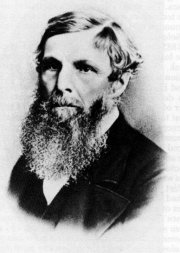
William Froude was an English engineer, hydrodynamicist and naval architect. He was the first to formulate reliable laws for the resistance that water offers to ships and for predicting their stability.
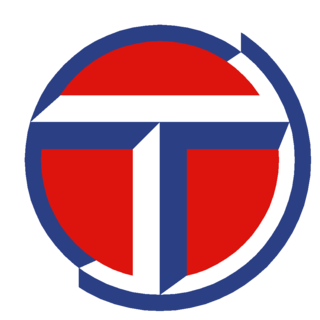
Talbot is a dormant automobile marque introduced in 1902 by British-French company Clément-Talbot. The founders, Charles Chetwynd-Talbot, 20th Earl of Shrewsbury and Adolphe Clément-Bayard, reduced their financial interests in their Clément-Talbot business during the First World War.
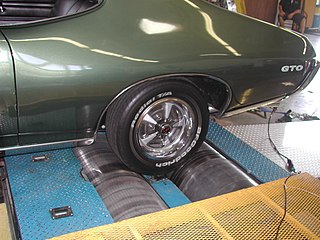
A dynamometer or "dyno" is a device for simultaneously measuring the torque and rotational speed (RPM) of an engine, motor or other rotating prime mover so that its instantaneous power may be calculated, and usually displayed by the dynamometer itself as kW or bhp.

The BR Standard Class 8 was a class of a single 4-6-2 Pacific steam locomotive designed by Robert Riddles for use by British Railways. Only the prototype was constructed, which was christened Duke of Gloucester. Constructed at Crewe Works in 1954, the Duke, as it is popularly known, was a replacement for the destroyed LMS Princess Royal Class locomotive number 46202 Princess Anne, which was involved in the Harrow and Wealdstone rail crash of 1952.
Brush Traction was a manufacturer and maintainer of railway locomotives in Loughborough, England whose operations have now been merged into the Wabtec company's Doncaster UK operations.
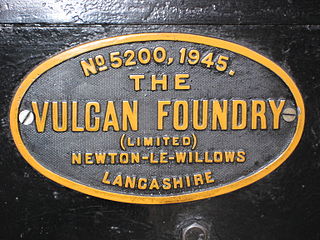
The Vulcan Foundry Limited was an English locomotive builder sited at Newton-le-Willows, Lancashire.

Sunbeam Motor Car Company Limited was a British automobile manufacturer in operation between 1905 and 1934. Its works were at Moorfields in Blakenhall, a suburb of Wolverhampton in Staffordshire, now West Midlands. The Sunbeam name had originally been registered by John Marston in 1888 for his bicycle manufacturing business. Sunbeam motor car manufacture began in 1901. The motor business was sold to a newly incorporated Sunbeam Motor Car Company Limited in 1905 to separate it from Marston's pedal bicycle business; Sunbeam motorcycles were not made until 1912.

The Caprotti valve gear is a type of steam engine valve gear invented in the early 1920s by Italian architect and engineer Arturo Caprotti. It uses camshafts and poppet valves rather than the piston valves used in other valve gear. While basing his design on automotive valves, Caprotti made several significant departures from this design to adapt the valves for steam. Having agreed a joint-venture with Worcester-based engineering company Heenan & Froude from 1938, Heenan & Froude fully acquired Caprotti post-World War II in 1947.
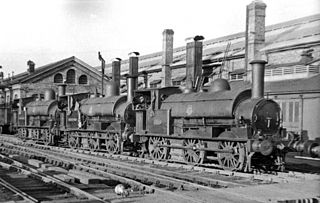
Wolverton railway works, known locally as Wolverton Works or just The Works, was established in Wolverton, Buckinghamshire, by the London and Birmingham Railway Company in 1838 at the midpoint of the 112-mile-long (180-kilometre) route from London to Birmingham. The line was developed by Robert Stephenson following the great success of the Liverpool and Manchester Railway line.

Eastleigh Works is a locomotive, carriage and wagon building and repair facility in the town of Eastleigh, in the county of Hampshire in England.

St. Modwen Properties Ltd. is a British-based property investment and development business specialising in the regeneration and remediation of brownfield land and urban environments. It is headquartered in Birmingham and has a network of four regional offices across the UK. It was listed on the London Stock Exchange until it was acquired by The Blackstone Group in August 2021.

STD Motors, formerly Darracq & Company, was a French manufacturer of motor vehicles and aero engines based in Suresnes near Paris. The French enterprise, known at first as A. Darracq et Cie, was founded in 1896 by Alexandre Darracq after he sold his Gladiator Bicycle business. In 1903 Darracq sold the business to A Darracq and Company Limited of England, taking a substantial shareholding himself.
Joseph Booth & Bros was an English company notable for making cranes used in large construction projects.
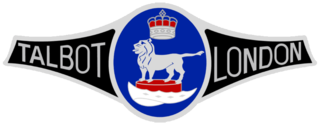
Clément-Talbot Limited was a British motor vehicle manufacturer with its works in Ladbroke Grove, North Kensington, London, founded in 1903. The new business's capital was arranged by Charles Chetwynd-Talbot, shareholders included automobile manufacturer, Adolphe Clément, along with Baron Auguste Lucas and Emile Lamberjack, all of France.

Sir Stanley William Clarke, CBE, DL was an English businessman, property developer, horse racing enthusiast, and philanthropist.

Hill, Evans & Co Ltd were vinegar manufacturers based in Worcester, England. Founded in 1830 and at one time the world's largest producer of vinegar, the works closed in 1965.

Abbey Panels Ltd., originally The Abbey Panel & Sheet Metal Co. Ltd., was a Warwickshire-based coachbuilding company founded on Abbey Road, Nuneaton in 1941, initially assembling Supermarine Spitfires for the ongoing war effort. The original partners were Edward Loades, Les Bean, Bill Woodhall and Ernie Wilkinson. As the business grew they expanded to Old Church Road, Coventry before having their main manufacturing plant on the well known Bayton Road Industrial Estate in Exhall. In 1967, Ted Loades listed the business on the London Stock Exchange (LSE) and it became known as Loades PLC, with Abbey Panels its main brand, alongside Albany Zinc (castings), Loades Dynamics (machining) and Loades Design . The company specialised in producing handmade prototype car bodies and did so for many notable car companies including: Bristol Cars, Lea Francis, Jaguar Cars, Rover, MG, Healey, Rolls-Royce, Buick, Lincoln, Volvo and BMW amongst others. They fashioned the bodywork of cars such as the Le Mans winning Ford GT40, numerous Jaguars, the original Mark I Land Rover Station Wagon, Jim Clark's Lotus 38 and Stirling Moss's 1957 Pescara Grand Prix winning Vanwall. They also produced many specialist parts for the aerospace industry, particularly for Rolls-Royce plc, such as the Rolls-Royce Pegasus engine duct of the Harrier jump jet.
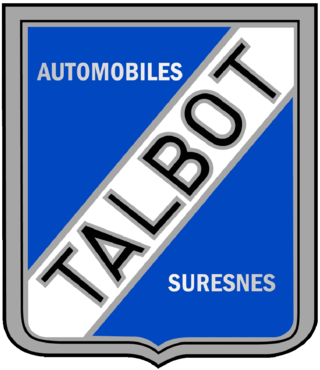
Automobiles Talbot France was the French subsidiary of British automotive manufacturer S.T.D. Motors Ltd., established in 1920 after the merger of British automakers A Darracq and Company, Clément-Talbot, and Sunbeam Company. Automobiles Talbot manufactured cars in Suresnes, near Paris.
Robert Edmund Froude CB FRS was an English engineer, hydrodynamicist and naval architect who described momentum theory, both used in the systematic evaluation of propeller design efficiency and as components of blade element momentum theory.


















